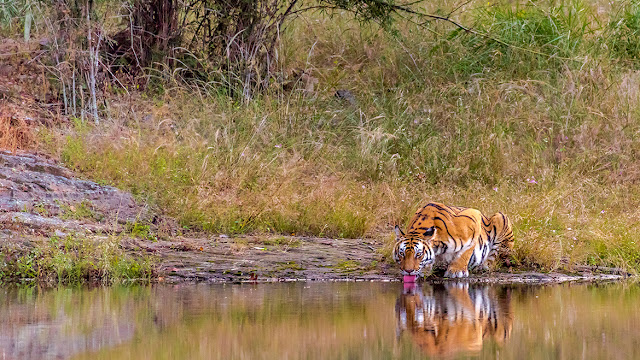How To Book A Wildlife And Tiger Safari In Bandhavgarh

All about Bandhavgarh National Park Bandhavgarh has a rich and ancient history. Tenth century Bandhavgarh Fort sits majestically atop Bandhavgarh hill (unfortunately, the fort is not open to the public). “Bandhav” means brother in Sanskrit and “garh” means fort, so the name of the fort – and the park – is brother’s fort. The brother in question is Lakshman, younger brother of Ram, which means Bandhavgarh is associated with the Ramayana epic. This thickly forested region was part of the Maharaja of Rewa’s hunting grounds until 1968, when the family granted the land to the government to become a national park. In 1993, it was declared a tiger reserve under the Project Tiger initiative. Bandhavgarh National park is divided into a core area, with three zones open to the public, and a buffer zone, totalling 1,598 square kilometres (including Panpatha Wildlife Sanctuary). The core area is 716 square kilometres, with the buffer zone adding another 820 square kilometres – but the area ope...
